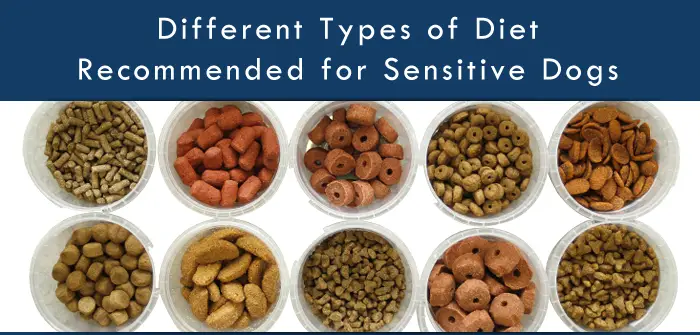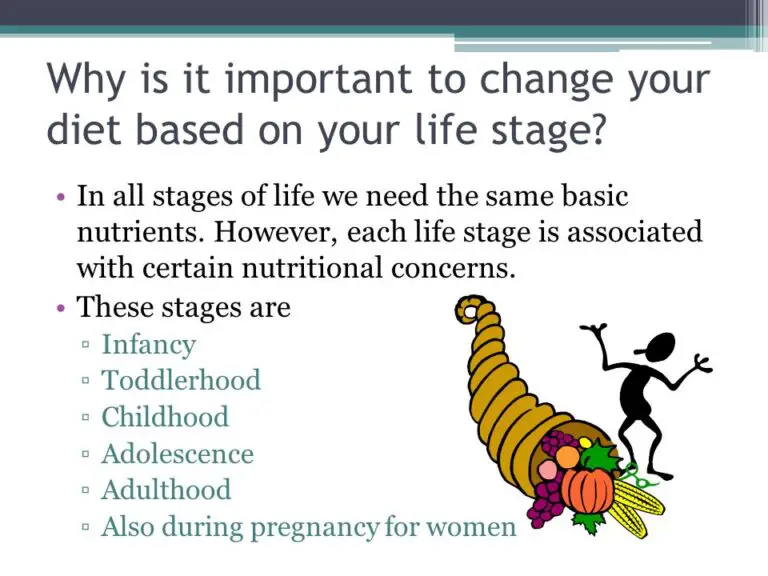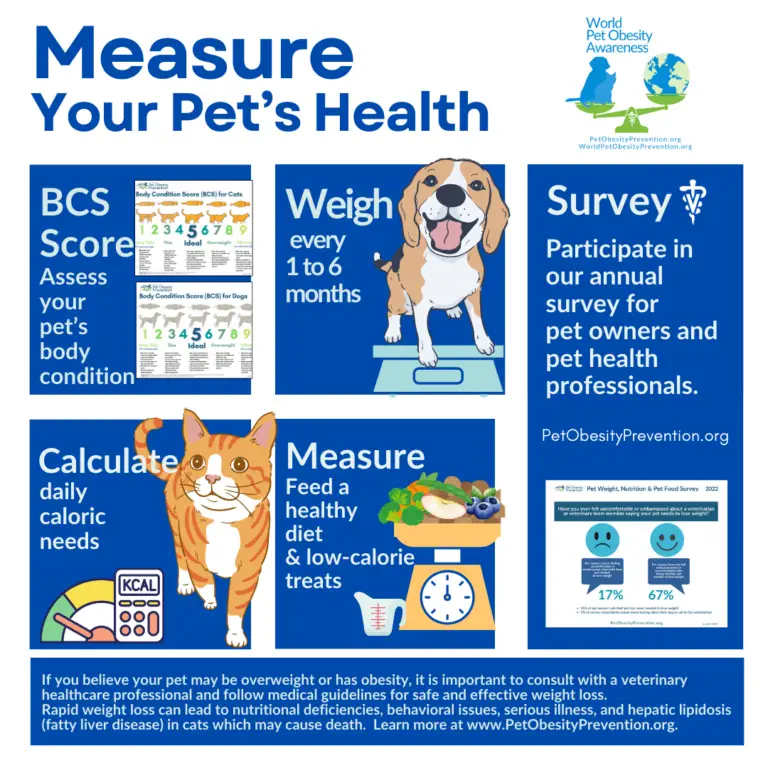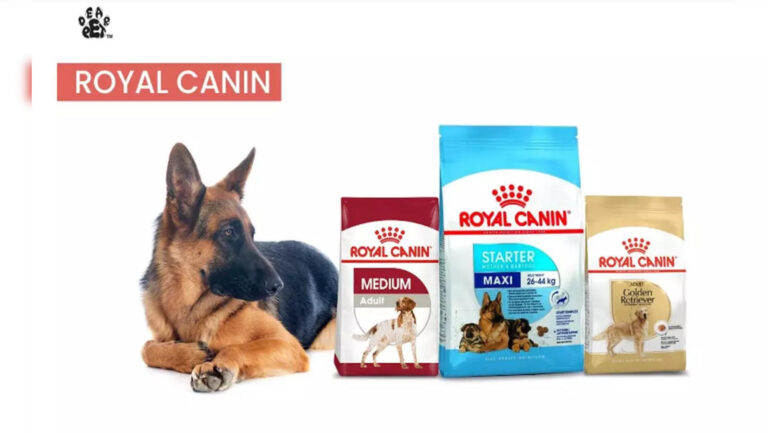Do Different Breeds of Dogs Need Different Food?
Understanding the nuances of dog nutrition is akin to understanding the different dietary needs of the various human races. Each breed of dog comes with its own unique set of genetic predispositions and physiological requirements. Nurturing your canine companion with the right food is pivotal to their health and well-being. In this comprehensive guide, we will explore the significance of breed specificity in canine nutrition and offer insights into tailoring your furry friend’s diet to match their breed requirements.

—
Chapter 1: The Canine Culinary Mosaic
The world of dog food is diverse, mirroring the myriad dietary preferences of dogs across different breeds. Much like humans, dogs need a balanced diet comprising proteins, fats, carbohydrates, vitamins, and minerals; however, the proportions and sources can vary widely. The size of the breed is one critical dimension — with larger breeds often needing different nutrients to support their skeletal structure and energy demands – but the specific energy levels, activity levels, and potential health conditions also play significant parts.
Understanding how these factors intersect is crucial for dog owners who want to ensure that their pets thrive. But how do you begin to decode your dog’s unique dietary needs?
Chapter 2: Unmasking the Essential Nutrients
An ideal diet for any dog, irrespective of breed, should be rich in essential nutrients. Protein is vital for muscle development, carbohydrates provide energy, and fats support nutrient absorption and keep the coat healthy. Then there are the micronutrients — vitamins and minerals — each playing a role in various physiological functions, from vision to bone health.
With a better understanding of the essential ingredients, dog owners can begin to appreciate the subtle adjustments required for different breeds. Bulldog’s potentially sensitive stomachs or Labradors’ propensity for hip dysplasia are just a couple of examples where breed-specific nutritional considerations come into play.
Chapter 3: Customizing the Canine Plate
A Mastiff, known for its gentle giant stature, requires controlled portions to prevent obesity and protect their joints. On the other hand, the Husky’s high energy levels dictate a diet that can keep up. This chapter takes a closer look at these nuances and provides an overview of how breed informs dietary needs, using specific examples to illustrate these principles.
Each section dives deep into the dietary requirements of popular breeds such as the Poodle, Golden Retriever, and Chihuahua, highlighting the nutrition they need to lead a happy, healthy life.
Chapter 4: Distinct Destinies on a Dog Dish – Breed by Breed
Your Beagle may have an insatiable appetite, but do you know the dietary guidelines to keep him from becoming overweight? Or what about the Dalmatian’s predisposition to urinary issues due to purine sensitivity? This chapter focuses on several well-known breeds, offering specific advice on feeding, referencing authoritative sources, and consulting with veterinarians specialized in nutrition.
From the majestic and muscle-bound Great Dane to the spirited and compact Shiba Inu, we will dissect the food regimen for each, ensuring your feeding routine aligns with these distinctive needs.
Chapter 5: A Meal for Every Mutt – Tailoring Your Dog’s Diet
Just as we wouldn’t prepare the same meal for a marathon runner and a desk worker, neither should we serve a generic diet to our furry friends. Assessing your dog’s specific needs calls for an individualized approach, beginning with understanding your dog’s stage in life — whether they are a puppy, adult, or senior. The activities you engage in together should also inform their diet, as an active lifestyle demands a different nutritional profile than a more sedentary one.
Chapter 5 will show how to modify store-bought dog food or create homemade recipes suited to your pet’s unique requirements, ensuring they receive the sustenance they need each day.
Chapter 6: Choosing Wisely – The Quality of Pet Food
The pet food market is filled with options that run the gamut from gourmet to questionable. In this chapter, we explore what distinguishes high-quality pet food, what to look for on labels, and how to identify the red flags that indicate subpar nutrition.
We will discuss the significance of ingredients, the role of processing methods, the impact of additives, and the value of brands that have a strong commitment to canine nutrition.

Chapter 7: The Bowl at the End of the Tail
Armed with a newfound understanding of the role breed plays in diet, pet owners can make more informed choices. This final chapter will recap the key takeaways and serve as a comprehensive resource to return to when in doubt. It underscores the symbiotic relationship between food and a thriving dog and encourages readers to see nutrition not as a one-size-fits-all but as puzzle pieces that need fitting togther to form the perfect picture of health.
By catering to their distinctive needs, whether Mental, Physical, or Functional – we prove that every bite we serve to our dogs is a direct expression of our love and commitment to their lasting health and happiness.







